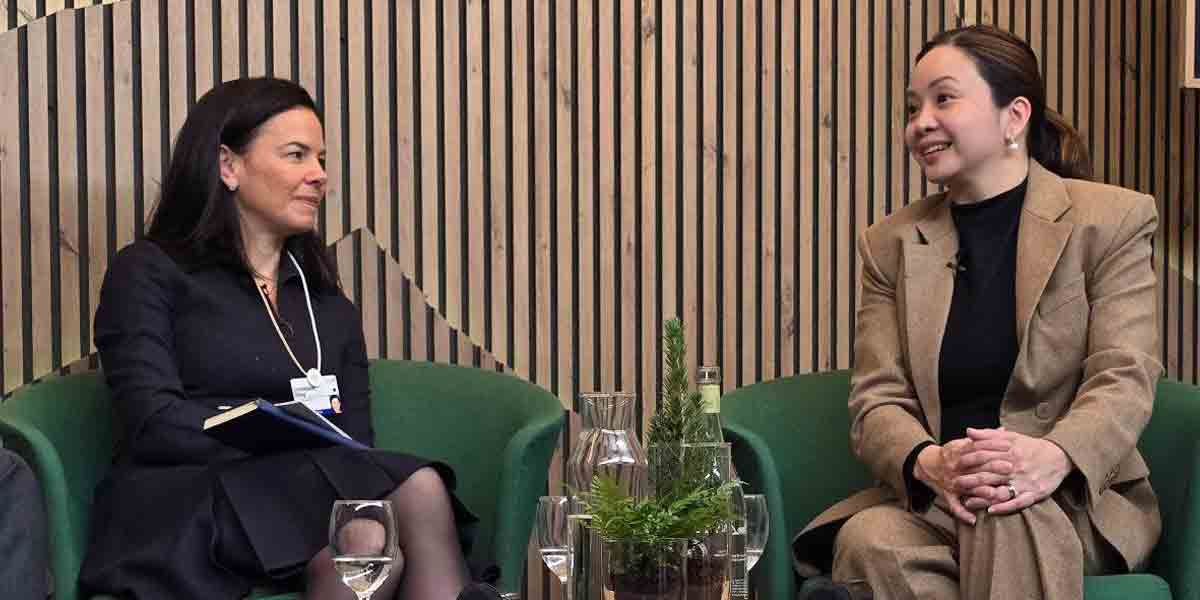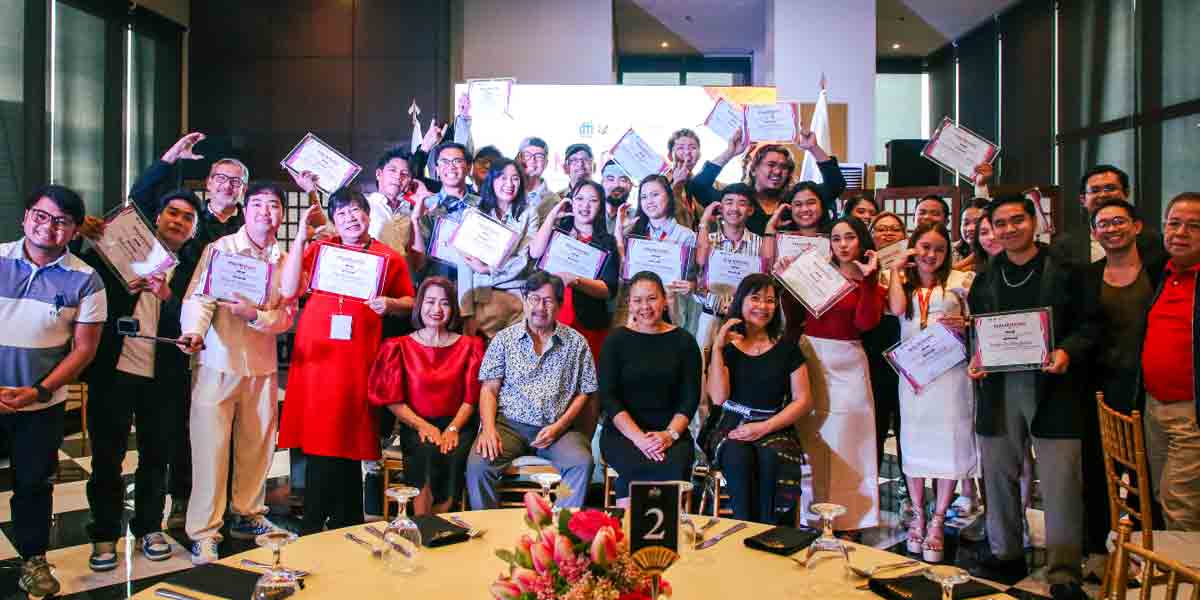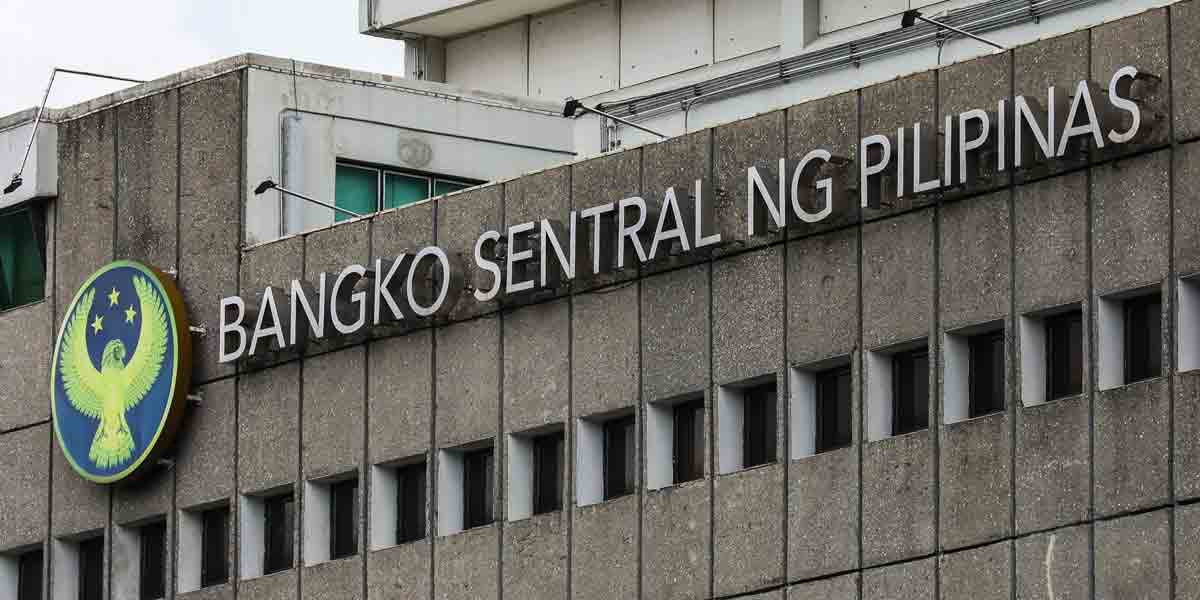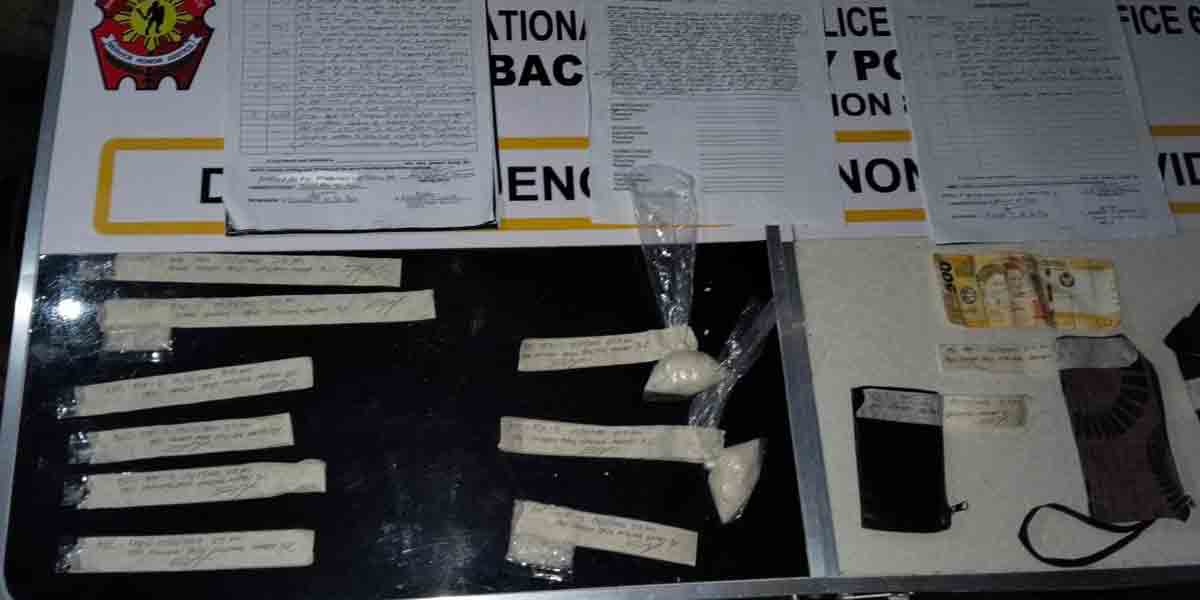
An observational study conducted by the Institute for Global Tobacco Control (IGTC) at the Johns Hopkins Bloomberg School of Public Health finds that tobacco and nicotine product sale and advertising persist within proximity of schools in the Philippines, despite regulations prohibiting sales, displays, advertisements, and promotions of tobacco products within 100 meters.
The study monitored the sale and marketing of cigarettes, e-cigarettes, and heated tobacco products (HTPs) at 6,617 retailers within 200 meters of 353 schools in urban and rural areas of nine Filipino cities/regions, during the months of December 2022 to January 2023.
In violation of Filipino law, 2,070 cigarette, 43 e-cigarette, and 33 HTP retail locations were observed within 100 meters of the majority of schools.
Tobacco advertising, promotion, and sponsorship targeting youth at points of sale are common tobacco industry tactics that can lead to youth tobacco initiation and reinforce use among those who currently use these products.
Young people and adolescents can be particularly susceptible to the influential effects of point-of-sale marketing such as strategically located product displays, sales of single stick cigarettes (which make cigarettes more affordable), and prominent advertising—including at children’s eye level.
Findings show that, despite policies requiring signage indicating that sales are prohibited to people under 21 years of age, only 11% of cigarette retailers, 4% of e-cigarette retailers, and 48% of HTP retailers had the requisite signage visible. 98% of cigarette retailers sold single stick cigarettes, and indoor and outdoor advertising (e.g., graphic printed signage/posters) were common across all retailer types.
Flavored tobacco and nicotine products were also commonly available across retailers, including 90% of cigarette retailers and 98% of e-cigarette and HTP retailers.
Flavors can expand product appeal by masking the harsh taste of tobacco. Flavored products are also linked to increased product appeal and initiation among young people.
According to Jennifer Brown, a scientist from the Institute for Global Tobacco Control at the Johns Hopkins Bloomberg School of Health and the study investigator, “ Stricter enforcement of existing policies prohibiting sales and advertising of tobacco products within 100 meters of schools and implementation of a national comprehensive policy on tobacco advertising, promotion, and sponsorship can protect the well-being of Filipino youth and reduce the rate of tobacco-caused death and disease in the Philippines.”
According to the Global Adult Tobacco Survey (GATS), one in five Filipinos aged 15 years and older currently use tobacco.[1] The Global Youth Tobacco Survey shows that, among youth aged 13-15, 11% smoke tobacco products and 14% use e-cigarettes. 77% of those who smoke bought products from stores, kiosks, or street vendors, contrary to laws prohibiting sales to youth.[2]
The proximity of tobacco and nicotine product stores, shops, street vendors, and kiosks to schools contribute to the wide availability of these products and leave Filipino youth exposed to tobacco marketing strategies. Implementing a comprehensive ban on tobacco advertising, promotion and sponsorship is one of the most cost-effective and high-impact ways that countries can reduce demand for tobacco, and the WHO Framework Convention on Tobacco Control (FCTC)—to which the Philippines is a signatory—provides guidelines for doing so. IGTC’s study can inform comprehensive restrictions on tobacco advertising, promotion, and sponsorship at points-of-sale, which can help reduce youth tobacco use and encourage people who use tobacco to quit.
Click here (https://globaltobaccocontrol.org/en/resources/sale-and-marketing-cigarettes-e-cigarettes-and-heated-tobacco-products-near-schools) for more information.
[1] Source: https://www.who.int/publications/m/item/2021-gats-fact-sheet-philippineshttps://www.ilo.org/wcmsp5/groups/public/—asia/—ro-bangkok/—ilo-manila/documents/publication/wcms_184594.pdf
[2] Source: https://www.who.int/publications/m/item/2019-gyts-fact-sheet-philippines






















